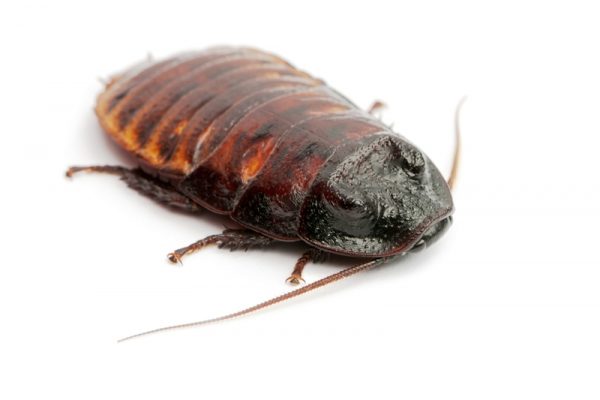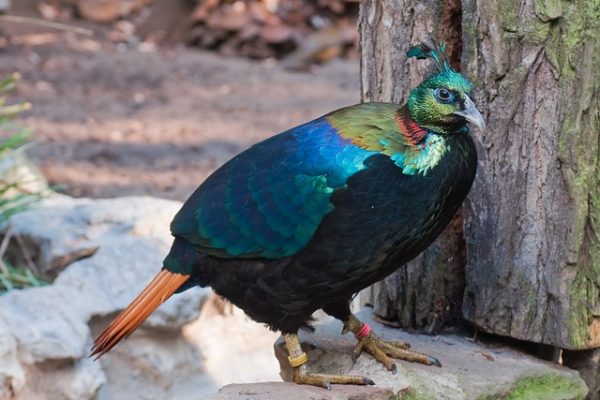Most Common Questions With The Schipperke Breed
The Schipperke dog breed originated in Belgium and is compact and simple to sustain breeds of dogs. Many individuals have concerns about having a Schipperke pup for their home and we’ve discussed some of the problems that are the most prevalent among such dog breed holders.
How old do these dogs get?
A stable Schipperke is supposed to be 12 to 16 years in age. Those who continuously chew their boots or get further into the laundry basket are supposed to survive a lot longer. Schipperkes have been believed to have existed for more than 20 years.
How massive are they going to get?
As with the beautifully pedigreed Schipperkes, the average male in perfect shape weighs about 15-18 lbs and stands at 11-13 inches. A female is going to be an inch shorter and carry less weight, typically 11-15 pounds depending on the shape of the joint. The Schipperke in full fur is going to look thicker than its real weight.
With respect to the rescue of Schipperkes, they can come in any form, big or tiny. As well as the social services routine, humans are trying to change the diet to maintain the weight that is appropriate for the particular dog.
Do they shed a lot?
Strong Schipperkes typically lose their thick coats two times at least in a year—in the springs and again in the autumn. A female who’s been weaned will shed coating around two months when she’s had her puppy, and dogs who have been sick or have had surgery will also shed coating after one of these incidents. If the Schipperke appears to have been shedding too regularly or for an excessively long time, consult with your doctor.
Are they born without a tail?
Schipperkes were typically delivered with a tail which is mostly tucked away around 3-4 days after conception. In a group, puppies will be raised with a full tail, a partial tail (or a stub), or a nub. The tailless silhouette is a breed requirement of verification, but exhibiting a Schipperke with a tail is not a permanent ban. Many breeders are also no longer docking their tails due to various possible medical problems. The U.s is really the only big nation in the world that somehow still requires tails to be docked; the procedure has been prohibited by most nations.
Are they resistant to diseases of some kind?
Schipperkes are really not vulnerable to bacterial infections. They need all the normal safety from viruses, such as rabies, parvo, and distemper, as well as security from worms. There is also a very painful and traumatic genetic disorder named MPS-IIIB, which affects people, emus, especially Schipperkes. When discussing the purchasing of Schipperke, you can inquire for evidence of MPS checking both for the sire and the dam. MPS will only influence the embryos if both the sire and the dam are confirmed to be holders of the specific gene.
How much do they have to cost?
The Schipperke price majorly depends on the quality and prestige of the breeder, and also the particular dog. An outstanding standard competition dog from a respectable breeder will order a low amount of $1,000. A so-called “pet-quality” pup can cost a little under that price, and you’re going to have to neuter the dog. In determining the expense of Schipperke, primary attention should be paid to providing a proper dog from a reliable pet shop. It’s up to each pet shop to determine how much to demand show-quality and pet-quality puppies.



